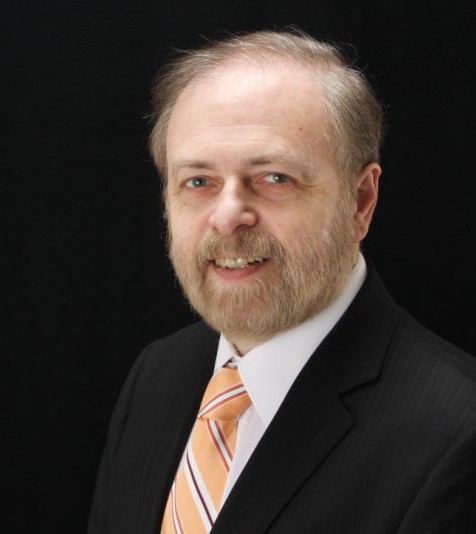By Rabbi Mordechai Levin
It is amazing, everything that can happen in just one year — the good and the bad. On the upcoming High Holy Days, when we will look back on the year that ended and look forward to year ahead, we will be particularly aware of the uncertainty of life. What will the future bring? What will we bring to the future?
One of the most prominent prayers in the Ashkenazic liturgy we will say on Rosh Hashanah and on Yom Kippur, the Unetaneh Tokef, gives poetic expression to some of our fears and hopes for the coming year. The text describes God as a shepherd examining each sheep, reviewing each human life and deciding each individual’s fortune for the next year. It lists several ways in which one might die and what may happen to each person, and concludes by suggesting that repentance, prayer, and righteousness may transform the harshness of our destiny.
The well-known prayer reads: “B’rosh ha-shanah yikkateivun, u-v’yom tzom kippur yeihateimun. On Rosh Hashanah it is written, and on Yom Kippur it is sealed! How many will pass on, and how many will be born; who will live and who will die; who will live a long life and who will come to an untimely end; … who will be at peace and who will be troubled; who will be serene and who will be disturbed; who will be tranquil and who will be tormented; who will be impoverished and who will be enriched; who will be brought low, and who will be raised up. But repentance, prayer and charity have the power to transform the harshness of our destiny.”
The text also reminds us: “Each person’s origin is dust, and each person will return to the earth having spent life seeking sustenance. Scripture compares human beings to a broken shard, withering grass, a shriveled flower, a passing shadow, a fading cloud, a fleeting breeze, scattered dust, a vanishing dream. And You are the Sovereign, living God, ever-present.”
According to the following legend, this prayer was created by Rabbi Amnon of Mainz, Germany (11th century): In the Middle Ages, Jews in Europe were frequently forced to convert to Christianity. Commanded by the Catholic bishop to convert to that religion, Rabbi Amnon asked for three days to respond. When he did not show up on the third day, he was brought before the bishop, and there, having declined to convert, he asked to have his tongue cut out for not immediately rejecting the bishop’s order. Instead, the bishop ordered Rabbi Amnon’s hands and legs to be mutilated. On Rosh Hashanah, Rabbi Amnon was carried to the synagogue and there he composed and said this prayer; shortly after that, he died.
What is the Unetaneh Tokef about? It poetically asserts the fleeting nature of our lives. We recite: “Who will live and who will die?” And we look around and notice the absence of those who are gone, some of them at the end of a long life, and some too soon.
We stand aware of our vulnerability and our mortality, and the degree to which many events in life are outside our control. This awareness can be upsetting, but it can also be energizing. It can become our aperture to living the fullest life feasible in the days given to us.
Even though we are not in control of everything, we still have the ability to influence our fortune. We may not have control over when and how we die, but we do have some choices about how we live. It is up to each person to make his or her days meaningful. On this Rosh Hashanah let us appreciate the blessing of life and renew our commitment to fill our days with meaning.
My best wishes for a year of life, health, fulfillment, justice and peace. Shanah Tovah!
 is the rabbi of Congregation Beth Israel in Munster, IN. He received his rabbinic ordination from the Latin American Rabbinical Seminary, and is a member of the Rabbinical Assembly. In 2010, he was awarded an Honorary Doctorate of Divinity from the Jewish Theological Seminary in New York City for his years of dedicated service to the Conservative movement and the Jewish community...
is the rabbi of Congregation Beth Israel in Munster, IN. He received his rabbinic ordination from the Latin American Rabbinical Seminary, and is a member of the Rabbinical Assembly. In 2010, he was awarded an Honorary Doctorate of Divinity from the Jewish Theological Seminary in New York City for his years of dedicated service to the Conservative movement and the Jewish community...